Could a lab leak really be to blame for Covid-19
Alina Chan was one of the first scientists to raise questions about the origins of Covid-19. A growing number of her peers are now calling for an investigation. Are they on to something?
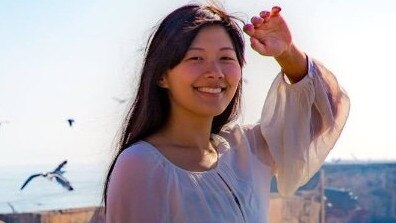
Alina Chan is scared. “I don’t know what’s going to happen next,” she says. “The thing has become so big now that I can’t control it.”
She corrects herself. “I’ve never been in control of it, and now it is even worse.”
This is, in normal times, an oddly paranoid way for an early-career researcher to talk about a chain of events that began with a not-peer-reviewed paper on the evolutionary dynamics of a virus.
It is less odd, of course, when you realise that the virus is coronavirus and that her paper, published a year ago, made the case that those evolutionary dynamics were a bit odd. More specifically, it argued that the virus was unusually — one could say, though she didn’t, suspiciously — well adapted to humans.
In the months since, Chan, a researcher at the Broad Institute in Massachusetts in the US, has conducted a sometimes lonely campaign, collecting evidence that contradicts the accepted narrative of how this pandemic began — evidence that points to it starting not in central China’s bat caves, but in the lax biosecurity controls of central China’s laboratories.
Followers of her Twitter feed have learnt about the bats of the Mojiang mine, the missing spreadsheets of the Wuhan Institute of Virology, the alleged conflicts of interest of the World Health Organisation investigators.
She has, in turn, had her credentials questioned, been called a conspiracy theorist and worse. Today, she is still called all those things. Her campaign is still considered fringe, quixotic and just plain weird by many top virologists. Now, though, she also finds that other top virologists are less sure.
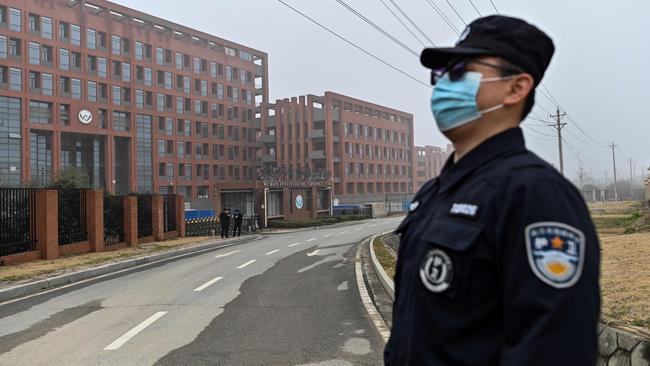
Last week she joined 17 of them, including big hitters such as Marc Lipsitch at Harvard and Ravindra Gupta at Cambridge, in calling for a “proper investigation” into the “viable hypothesis (of) laboratory spillover”.
The biggest hitter of all has now come on side. US President Joe Biden said he had ordered intelligence services to investigate the possibility that the coronavirus escaped from a lab. He called on China to take part in a “full, transparent, evidence-based international investigation”.
The implication was not just that the US government is taking the idea seriously — but also that it is far from happy with China’s transparency so far.
Suddenly, unexpectedly, the “lab origins” hypothesis has gone mainstream. Did this terrible time begin not with a natural accident but a human one?
“I feel vindicated,” she says.
But also extremely apprehensive. “It hasn’t been just a fun joyride.”
As well as constant harassment, she has been warned that her email and other accounts have been compromised. The last time we spoke, six months ago, it was via the Broad Institute’s Zoom account. This time it is using an encrypted app.
If hers really is vindication, it is a strange kind. There is no smoking gun, there is no Deep Throat. Her original paper does not come close to proving the virus came from a laboratory. Nothing, in fact, does. She herself freely admits that it is highly likely it came purely from nature. The vindication is simply this: that the idea that it did not, that it is not simply a coincidence that a coronavirus pandemic started on the doorstep of a coronavirus laboratory, is no longer viewed by all as prima facie absurd.
The corollary, though, is that China itself is furious. Without, as it sees it, any evidence, it is being called to defend itself. Worse, the only way it can do so is by proving a negative.
There is no pretence any longer that this is a polite academic debate. How could it be, when this is the most explosive question in global politics? Hers is a position that to some virologists seems self-evidently sensible, and to others seems dangerous, unfounded and — one tells me — “crazy”.
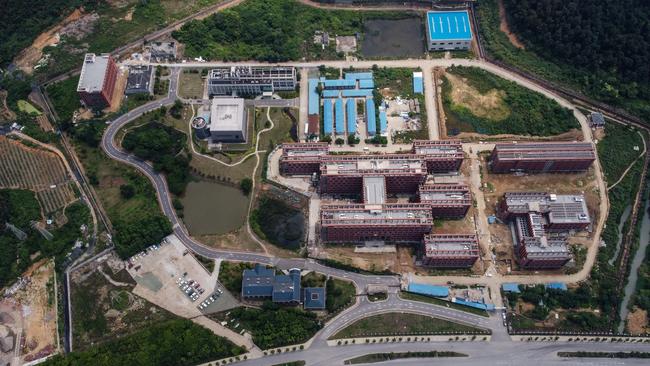
In this conflict that has split the community, many have retreated entirely. One researcher, probably the most outspoken I have interviewed during the pandemic, point blank refuses to talk on the record about it, telling me it has got too unpleasant.
There is, though, a point of agreement, which makes all that has happened this week feel doubly strange. “There’s no new evidence,” Chan says.
Yes, there have been reports about Chinese virus scientists being taken to hospital in the autumn of 2019 — but, actually, we knew most of the details a few weeks ago, and we still don’t know what was wrong with them. The apparent popularity of the theory is instead, Chan says, “just other people catching up”.
Professor Kristian Andersen from the Scripps Research Institute in San Diego, California, makes the same point — albeit with a different spin. I first spoke to him a year ago, after he published a paper that found no unambiguous genetic signs that the virus had been engineered, a point that is now (largely) uncontroversial. “None of this has changed since we last spoke,” he says. “The current craziness is based on speculation and no evidence.”
The dispute is already virological. It is already geopolitical. It is also party political; speaking off the record, some virologists say former US president Donald Trump was a factor. He wanted to blame China, so until recently they reflexively did the reverse.
As if that were not enough, though, it is also epistemological. Fundamentally, it is about this: what do you infer from absence of evidence?
None of this needs to be about bioweapons and malevolence. It can just be about field samples not treated with due caution. Lab accidents happen. And if, indeed, there was a lab leak, you don’t have to be a conspiracy theorist to believe that few countries in the world have more resources able to hide that fact.
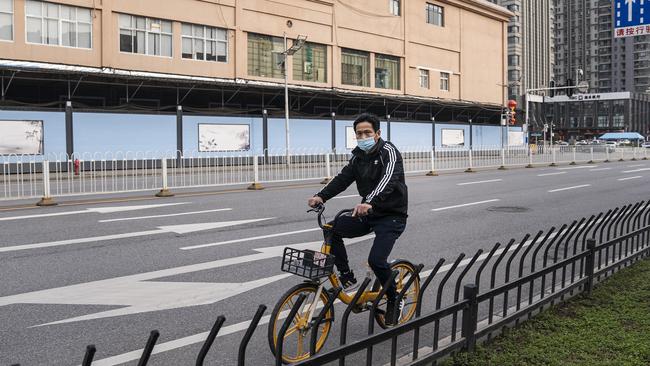
On the other hand, if China is indeed an all-powerful and malign state, why hasn’t it pulled off the converse? Why hasn’t it “found” samples — serology tests in rural villages — that trace the coronavirus to a bat cave?
Earlier this year, there was an investigation that was meant to resolve all this. On January 11, 2021 Mike Ryan, the executive director of the WHO’s Health Emergencies Program, opened the inquiry into the coronavirus origins — and at the same time issued a warning.
“Let this mission and let other missions be about the science, not about the politics,” he said. “We are looking for the answers here that may save us in future, not culprits and not people to blame. I’m sorry for being very direct about this but sometimes I get a sense that that is the drive.”
This much we know to be true. On December 31, 2019, China announced it was investigating pneumonia cases of “unknown aetiology”. That’s where the recorded history of coronavirus began. It was, like many early histories, sketchy and — sometimes wilfully — distorted. Whistleblowers were silenced, scientists who published the first genomes reprimanded. But, still, there is little dispute around what happened next — that is the world we are living in now.
What came before though? How can you trace the history of something you can’t see except through what it does? In a period when it had by definition gone unnoticed?
After Ryan sat down, the WHO investigators and Chinese scientists went to work. They looked through frozen samples in biobanks, testing for antibodies against coronavirus — indicating infections that had been missed in the autumn. All were negative.
The Chinese analysed 76,000 cases of respiratory illness from 2019, narrowed them down to 92 that sounded like Covid, but again all tested negative. They swabbed stray cats and sewerage, to no avail.
They tested a Noah’s Ark of animals, to see if any could be an intermediary: from pangolin to panda, brown bear to baboon. Nothing. They spent a long time looking at the possibility that the virus came in on frozen food, and interviewed scientists at the WIV about safety practices.
Among the most interesting conclusions was that the wet market may not have been the source. Another highly significant conclusion was that that source was “extremely unlikely” to be the laboratory.
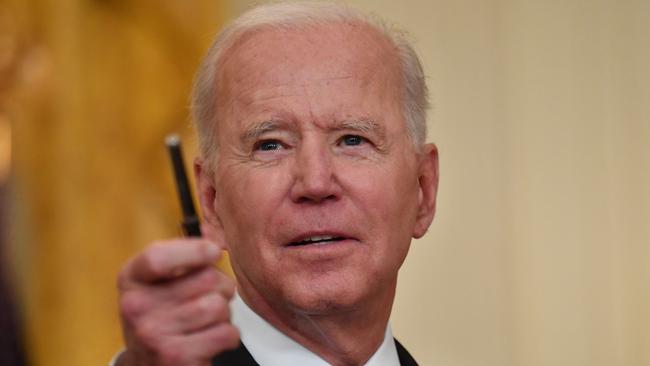
It’s not that such an idea was absurd, said Peter Ben Embarek, the Danish scientist who led the investigation. “Frankly speaking, that was probably the first reaction of everybody, at that time, early January,” he said. “Has the lab (had) a role in this ... Even the staff in these labs told us that was their first reaction when they heard about this new emerging disease. ‘Oh, a new coronavirus. It is something coming out of our lab’s work’.”
But, he said, the link was eliminated. “They all went back to their records ... nobody could find any trace of something similar to this virus in their records or their samples.”
For Andersen and others, in the absence of any compelling evidence, that should be the end of it.
“Any of the lab-based scenarios would require that the WIV was working on the virus prior to the pandemic,” he says. “There is no evidence to support that claim, the WIV has denied it, and lab staff were reported to have tested negative for the virus . . . all available evidence strongly suggests SARS-CoV-2 emerged in nature, like so many other viruses before it.”
Ask any virologist at any time in the past 50 years what they feared the most and they would have said a global pandemic. Ask them how it was likely to come about and they would have pointed to the places where humans encroach upon animals. Ask them where those places are most worrying and they would have said China. The conventional explanation of the pandemic not only makes sense, it was predicted.
For Chan and her allies, though, that’s not enough. The investigation showed the outbreak began in Wuhan, more than 1000km from the bats that were the source of the virus, but right next to the institute that studied those viruses. Are we really meant to believe that a link to it is extremely unlikely?
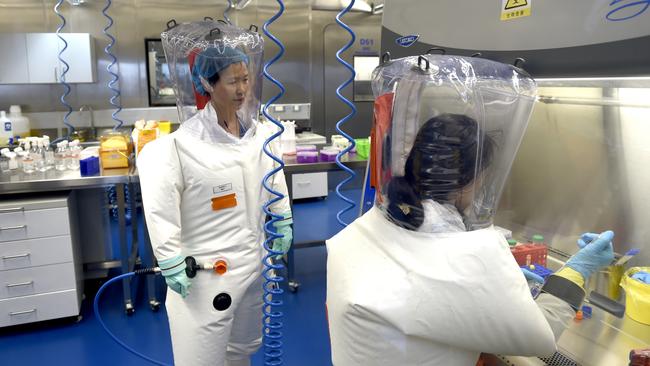
Everywhere, she sees evidence of obstruction. Journalists who have tried to visit the caves believed to house bats with the most closely related virus have been detained by security forces. Data from the institute has been “lost”.
The focus on frozen food as a vector was, for her, emblematic. She calls the idea “popsicle origins”. “This hypothesis had zero precedents. No one’s ever been characterised as catching a respiratory disease from a frozen piece of meat.”
Embarek says that “of course” there was pressure on the WHO team. “Nobody wants to have an origin in your backyard.”
There were often Chinese people in the room, he confessed, who were not scientists and whose role was not clear. It is also true they did not get all the data they wanted; but, he pointed out, that would be the case everywhere.
Fundamentally, though, their task is hard: to track down the movements, two years on, of something a thousandth the width of a full stop.
Presenting the findings of the report, Embarek’s colleague Professor Fabian Leendertz called for understanding. “For those people who are a bit impatient and wonder, why does this all take so long to find out the origin of that disastrous disease, please, read the literature. It always took many months or years, in some cases, 1500 years, like when you look at the origin of measles, to find out what really happened.”
Chan thinks that if there is evidence it began in a laboratory it won’t come from China. It may, though, come from outside it, a breadcrumb trail of emails and conference presentations to collaborators from which we can triangulate the truth, which may describe the virus we are looking for.
A year and a half ago a highly infectious novel coronavirus appeared in a wet market. By acting fast and decisively, China crushed its pandemic and reopened its economy. Here, we did rather less well. A pall of national shame descended on the West.
But imagine if someone could prove that it all began not with an errant bat, but a scientist? Suddenly all our failures, all their successes, fade into irrelevance. We have that great comfort: someone to blame.
The Times
More Coverage
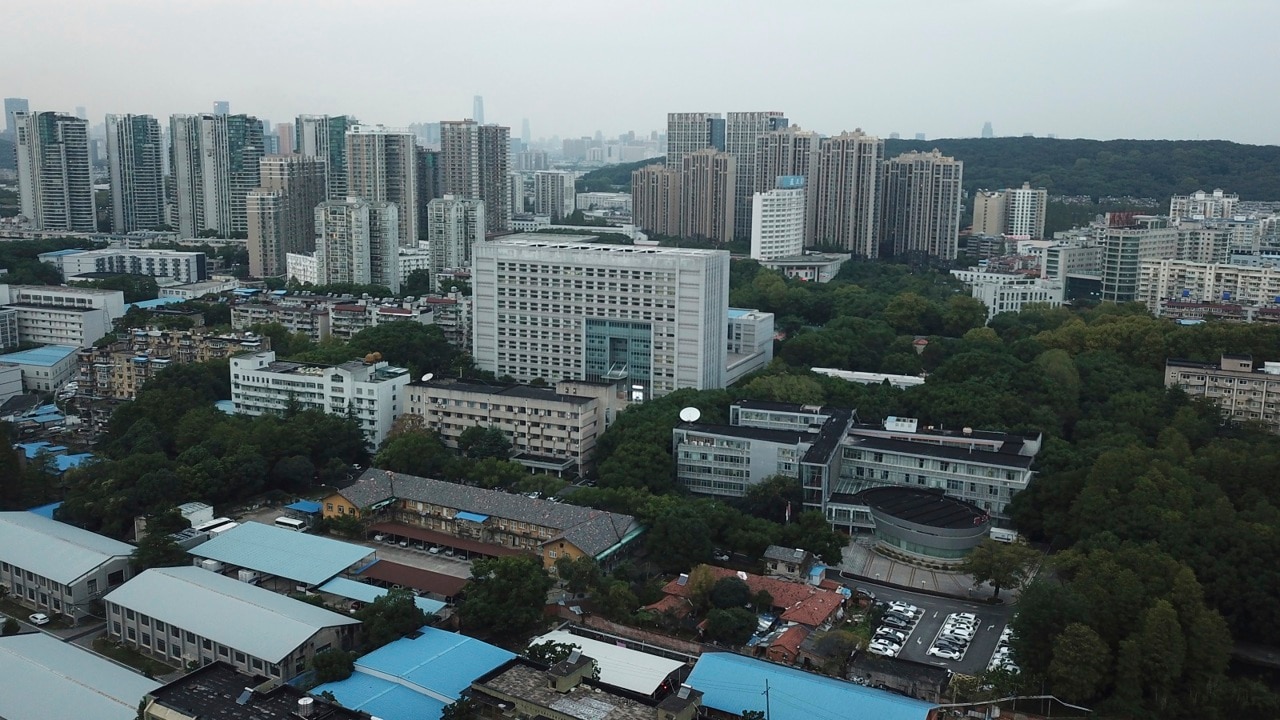

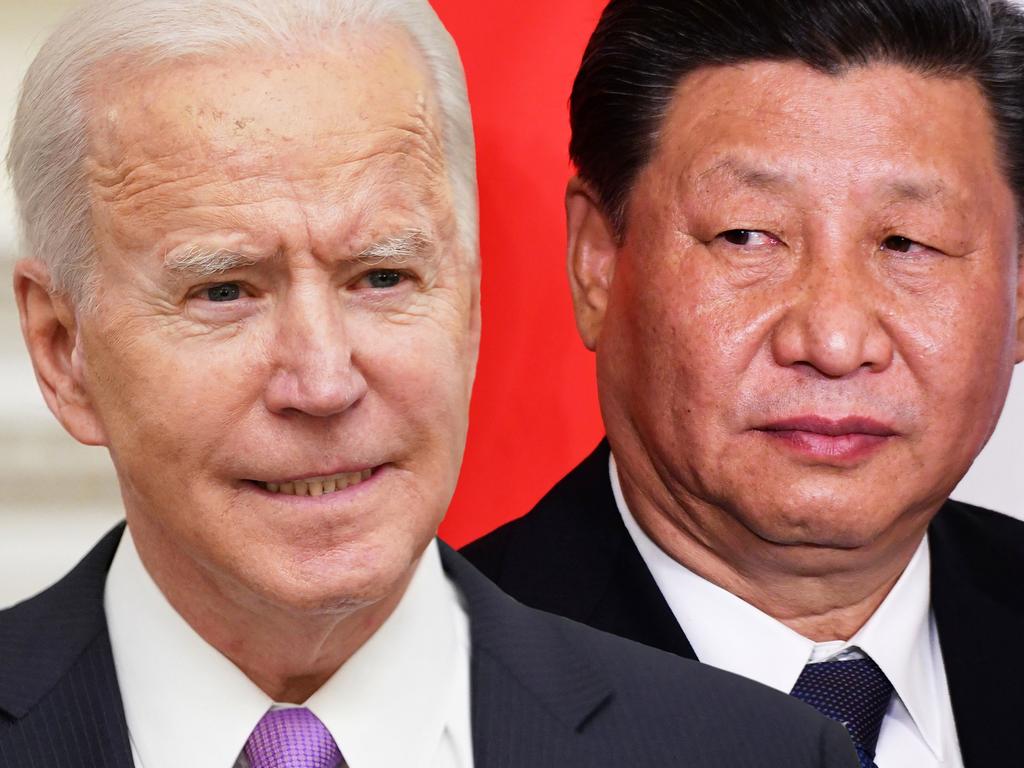
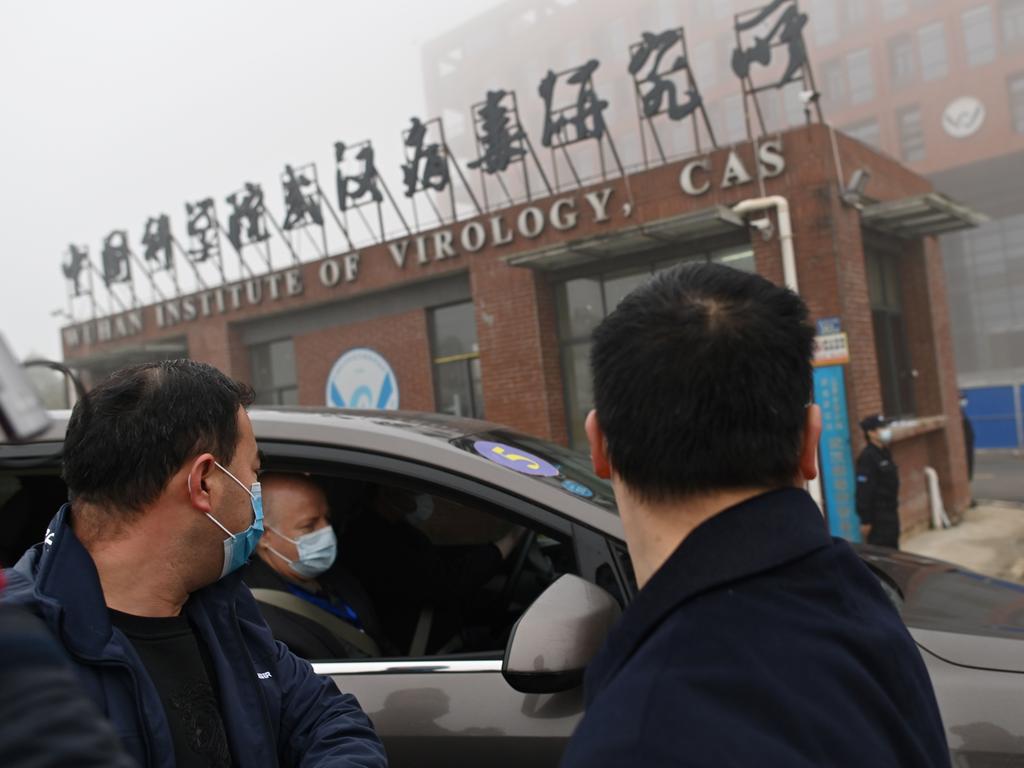
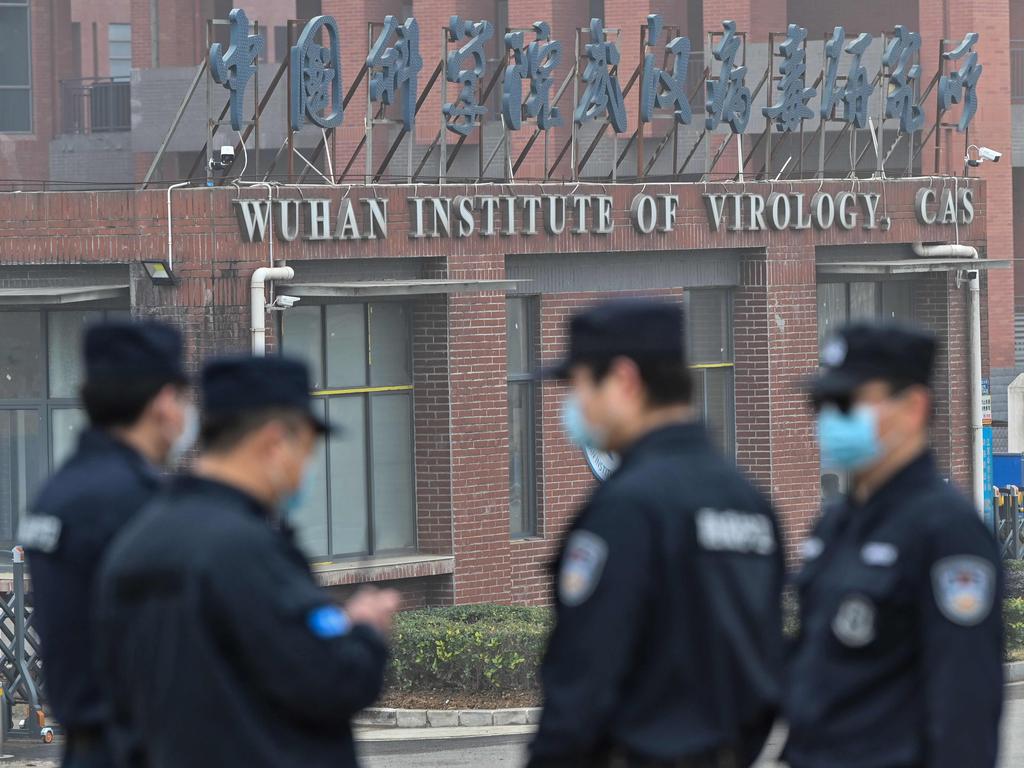
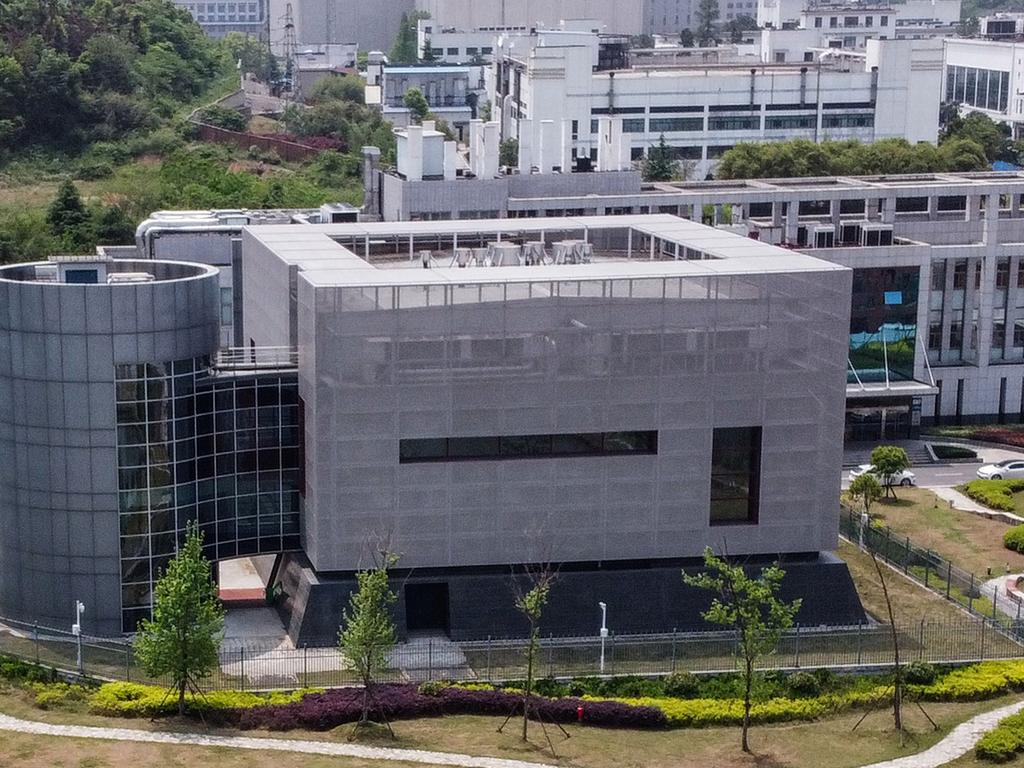
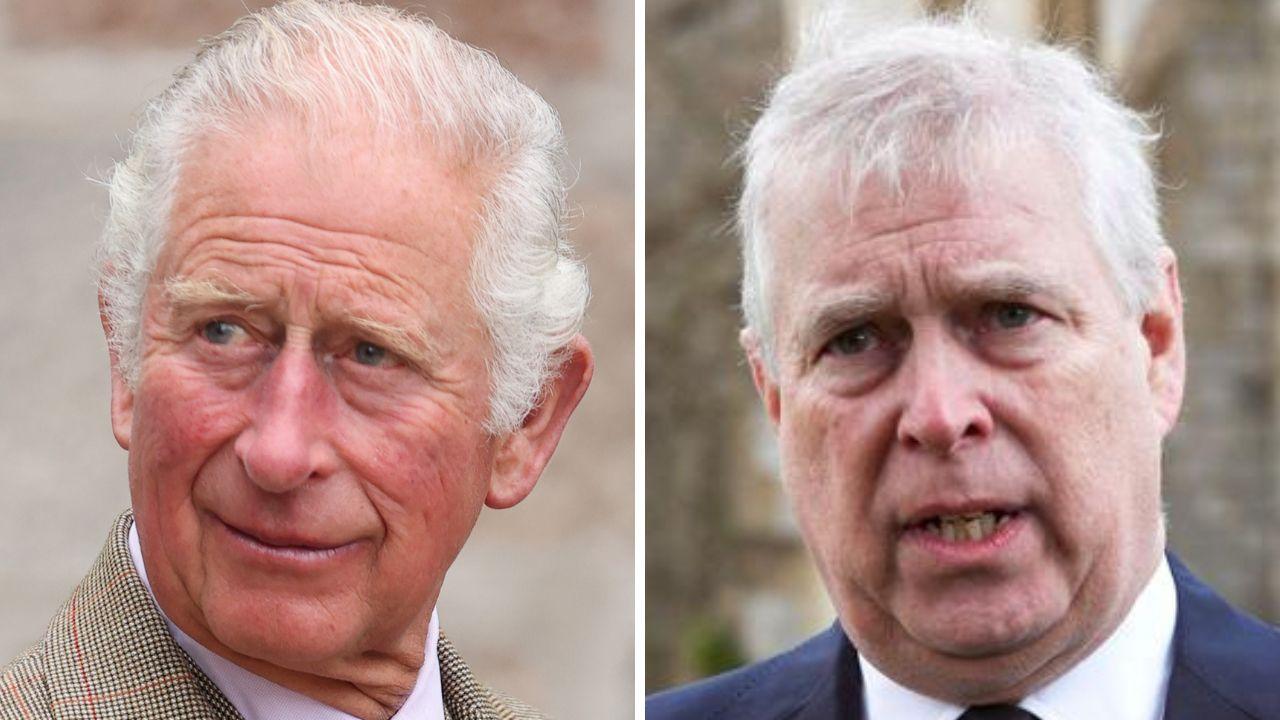
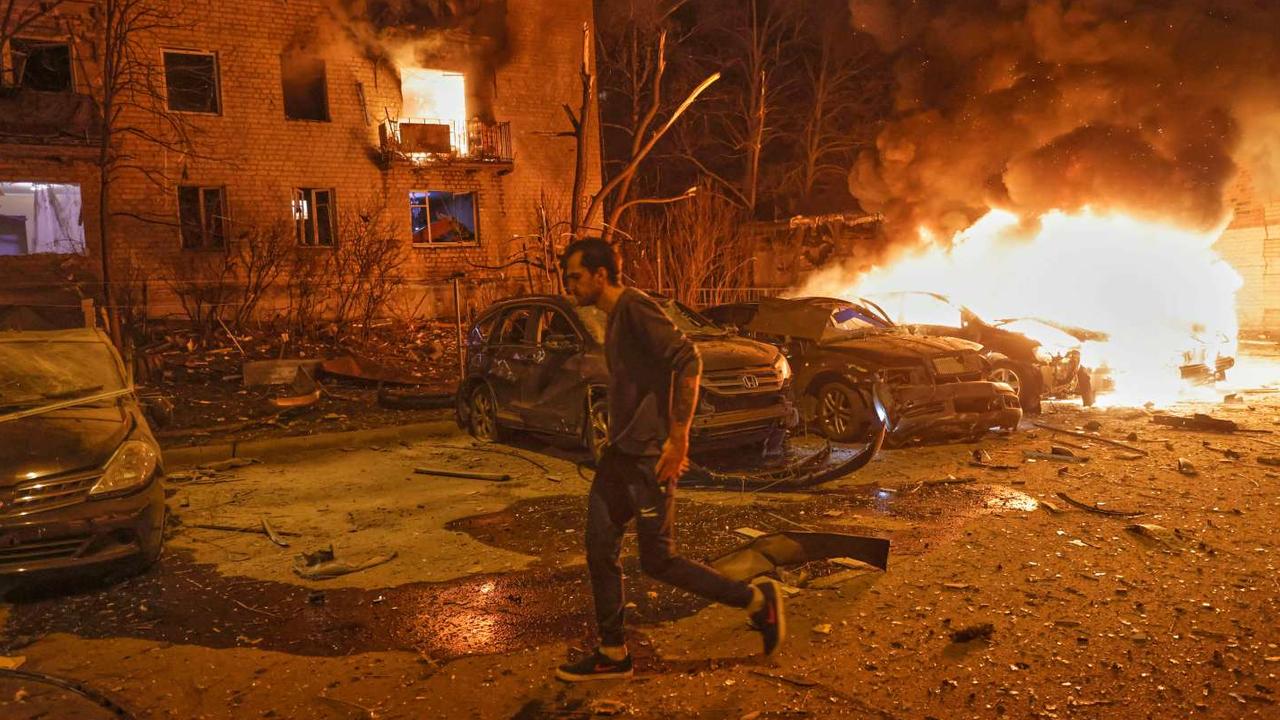
To join the conversation, please log in. Don't have an account? Register
Join the conversation, you are commenting as Logout